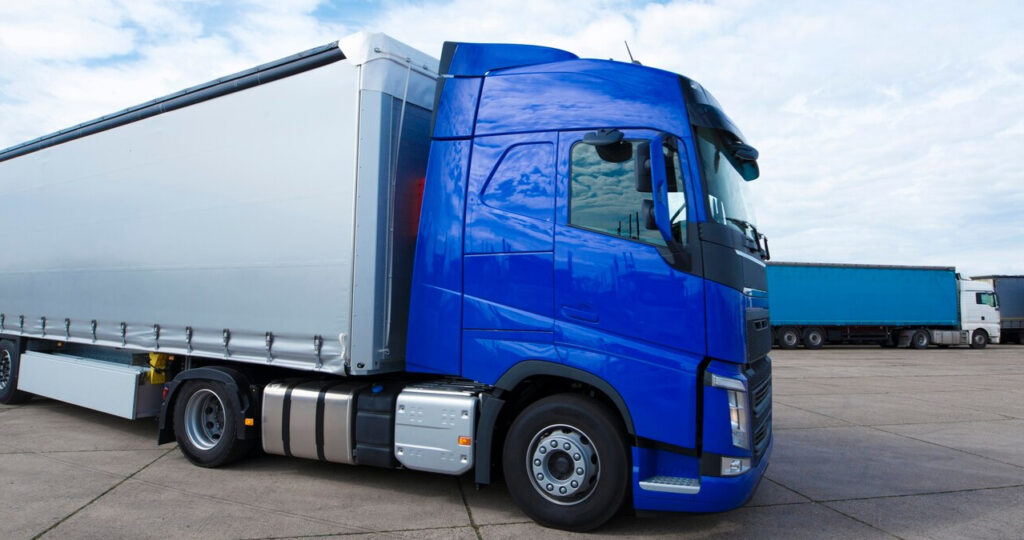
Surging volumes from ultra-fast fashion companies like Shein and Temu are exacerbating e-commerce growth, which has quickly become a major driver for air cargo — and it’s not slowing down.
By 2027, e-commerce is expected to represent up to 30% of global air cargo volumes, compared to 20% in 2022, Alexis Boutet, VP and global head of airfreight at Flexport, told Supply Chain Dive in an email.
With U.S. lawmakers more intensely scrutinizing e-commerce goods from Asia in recent years, there’s a chance that the air cargo industry’s windfall may disappear, as a lowering of the de minimis exemption threshold — which enables companies to avoid tariffs for shipments below $800 into the U.S. — may be on the horizon.
However, new regulations will have a tough time changing entrenched consumer habits that rely on the speed of air transportation.
“The genie is out of the bottle regarding e-commerce,” Xeneta Chief Airfreight Officer Niall van de Wouw told Supply Chain Dive in an email. “Governments in the West may bring in tighter regulations – and e-commerce businesses will need to adapt – but this type of consumer offering is here to stay.”
